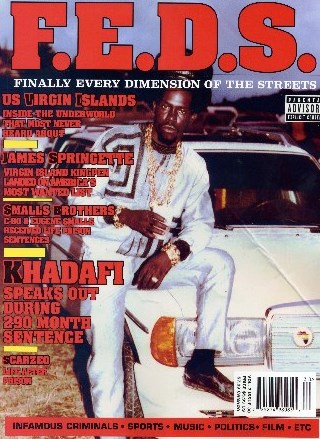THE CYRUS CYLINDER BIBLICAL AUTHENTICITY.
The Economist explains
Why is the Cyrus cylinder
important?
Apr 3rd 2013, 15:35 by S.C.S. Evidence of biblical authenticity.
·
·
NO LARGER than a rugby ball, its brittle clay cracked and
broken in places, the Cyrus cylinder may seem unimpressive at first glance. The
barrel-shaped object, covered in cuneiform Akkadian script proclaiming Cyrus
II, better known as Cyrus the Great, as Persia’s new emperor, was not even
intended to be seen again when it was buried in the foundations of a Babylonian
temple (probably to sanctify it) around 2,500 years ago. But in 1879 it was
unearthed by diggers on an expedition to Iraq sponsored by the British Museum,
and became one of the museum's most prized artifacts. This year it is touring five American museums. What’s all the fuss about?
Part of the answer is that Cyrus himself has long been
revered by leaders of all stripes. His statesmanship fascinated Niccolò
Machiavelli and inspired Thomas Jefferson, one of America’s founding fathers,
as he drafted the country’s Declaration of Independence. Iran’s last Shah
threw a glitzy party in his honour in 1971 and minted coins
depicting himself and Cyrus on one side, and the cylinder on the other, to
project himself as Cyrus’ direct descendant. Mahmoud Ahmadinejad, the president
of Iran, and David Ben-Gurion, Israel’s first prime minister, have each lauded
the emperor as a hero, though for very different reasons.
The key to Cyrus's broad appeal, and the wider
significance of the cylinder, lies in the text inscribed on its surface.
Following a thousand-year-old tradition in Mesopotamia, Cyrus began his reign
with a declaration that was issued and distributed on clay tablets, cones and
cylinders. He took the unusual and unprecedented step of decreeing that people who had been captured and enslaved by his
predecessors could go back to their homes and that the statues of their various
gods should be returned to their original shrines to be freely worshipped. As
the Bible recounts, this meant the exiled Jews could return to Jerusalem and
rebuild their temple. Accordingly, the cylinder can be considered
as both the earliest declaration of human rights and the oldest
articulation of a multifaith, multicultural state—and not in some historical
backwater or obscure city-state, but in an empire that was, at the time, the
largest the world had ever seen.
The
cylinder thus means different things to different people, and its importance
lies in the many meanings it has been endowed with, suggests Neil
MacGregor, director of the British Museum. On the two occasions on which it has
been displayed in Iran, the cylinder symbolised the might and wisdom of Ancient
Persia. American museums, for their part, plan to highlight Cyrus’s tolerance
towards the Jews. Above all, it is a reminder of a time when the Middle
East was a region of prosperity and power, undivided by wrangles over religion.
(Photo:
British Museum/EPA)





.jpg)
Comments
Post a Comment